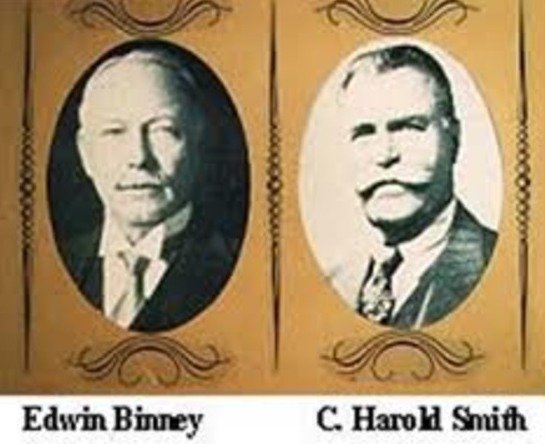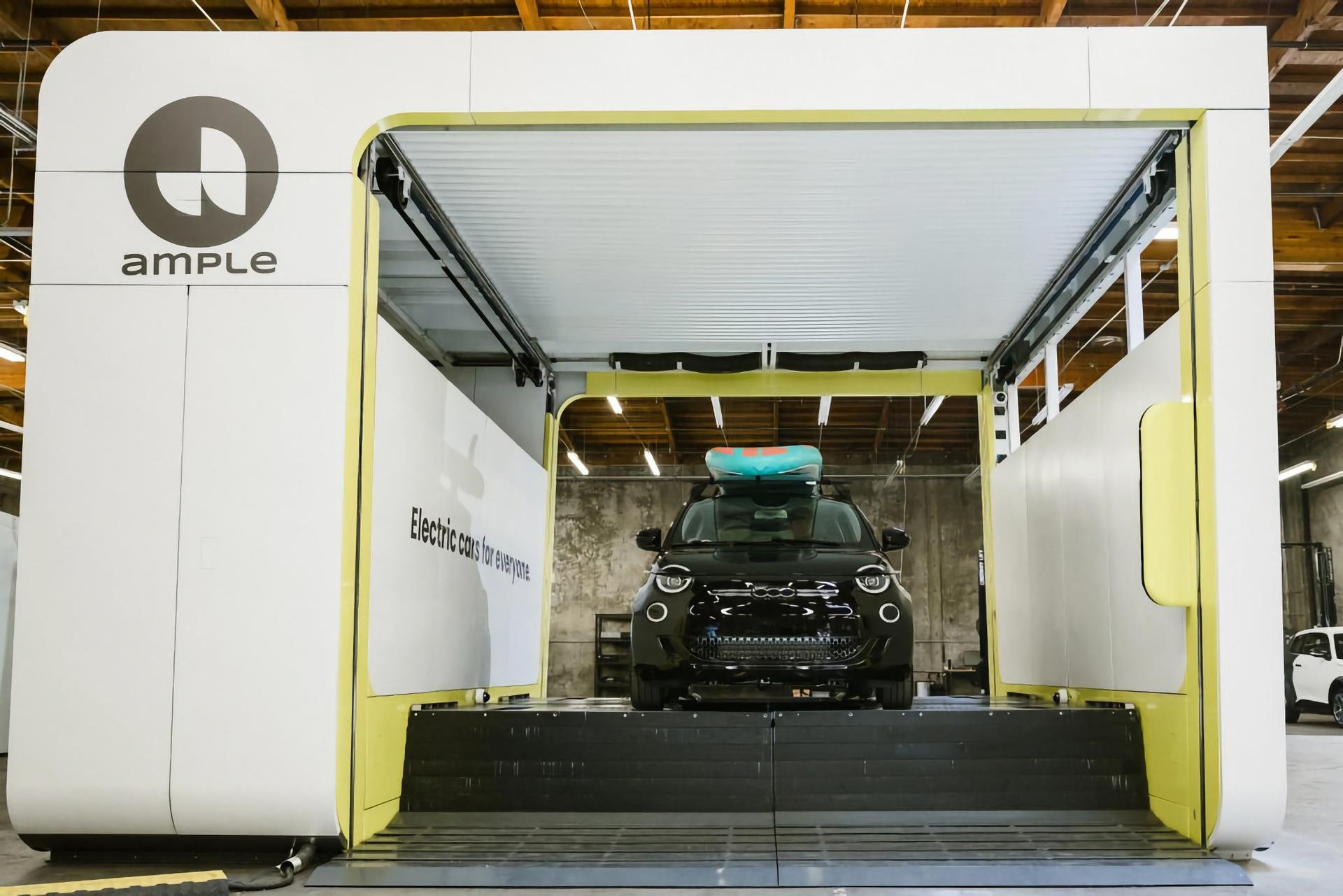#11 :: Colouring in the future: How do you see beyond?
I once had a blog called Life in Objects. The premise was a catalogue of the most significant, most beautiful, most quirky objects in my life, illustrated alongside revelations of this thing’s history and meaning.
Humble objects express identity and shape destiny: of owners and producers alike. Why things are formed like they are. How revolutions, possibilities, vibrance, value are created. What happens as markets mature.
One of these objects was a yellow and green box of Crayola, containing a spectrum of oily colour. It’s easy to imagine. That industrial scent. The slightly slippery feel of wax skimming paper. The first markings of fanciful worlds…
Iconic yellow and green box, famous gold medal (courtesy of Brian Woodcock)It might surprise you to learn that Crayola was born from tyres. Here we trace its kaleidoscopic transformation, and draw takeaways for leaders and strategies in the making.
01: Artistic alchemy
The Peekskill Chemical Company, founded in 1864 in New York State, made pigments that rendered tyres black. Their products found purpose in printers, polish and paint.
In 1885, two cousins - Edwin Binney and C. Harold Smith - took over the company, renaming it Binney & Smith. Two regular guys with irregular ideas and ideologies. How did they become entrepreneurs and transform tyre pigment into artistic inspiration; spur a billion fridge drawings in 80 countries; and build a product that has endured for more than 120 years?
Post-Monet, crayon and acrylic on paper. Courtesy of Jonathan (age 8)02: Notes from the past
Here we focus on what Binney & Smith did differently, as inventors and leaders. These are eight proven strategies from a market giant:
1. Embracing of complementary mindsets. Smith was the salesman of the duo. He took responsibility for selling the pigments across the United States, and quickly recognised the limited impact of producing pigment for other companies’ products. Binney was the inventor. He started to experiment based on the company’s technical capabilities and available resources. Diverse skills combined and became complementary.
2. Using what’s available to inspire the new. So, Binney & Smith’s firm excelled in pigments and industrial manufacture. Based on the pair’s research, sales, creativity, and available resources from a nearby quarry, they manufactured its first consumer product: Pencils for pupils to use on classroom slate boards (the iPads of the class of 1885). Thus they entered a niche, scholastic market.
Original Crayola ad, 19053. Listening and learning. The slate pencils were taken by salesmen, adept listeners, around the country. Binney & Smith started to become well-known in the education market, and gained direct access to teachers and pupils. They listened and visited classrooms. And then went back to their drawing boards…
4. Ideas + data = strategy. Things started to get really interesting. The data said the market wanted more. Growing understanding guided R&D investment. Their confidence was high, and perceived risk low, in diversifying the offering. Next product launch: Dust-free chalk. Teachers were exalted. Market renown gathered steam.
5. Opportunity seeking; risk taking. The winning opportunity emerged from market analysis. Crayons available in the 1890s were toxic to the touch. Unsuitable for classrooms. But Binney & Smith’s knowledge indicated an opportunity. They stayed fresh, kept in touch, and experimented again.
The entrepreneurs in 18856. Creation of the new from a combination of old: Through innovation, the company invented and patented a new non-toxic substance made from paraffin wax mixed with industrial pigments. Safe for even the smallest hands. And then refined it into a vibrant palette of rainbow hues.
7. Add some brand nous: Binney’s wife, a teacher, coined a novel name for the new product. ‘Crayola’: a portmanteau from French and Latin words meaning chalk and oil. Oily chalk. The first yellow and green box of eight shades shipped in 1903. Bigger boxes and extended colour spectrums quickly followed.
Vintage 8-stick Crayola box8. Growth through purpose. A creative scholastic niche became theirs. Crayola LLC. kept listening, diversifying, growing. Chromatic aberrations. Industry standards. A community of tiny aficionados. A training program in 1948 for teachers around inspiring pupils to create, colour and imagine. The forerunner of Today At Apple.
At the heart of Binney & Smith’s success was the spotting of an innate customer desire: A yearning to express imagination. Through research, innovation and iteration, the team cemented a market leadership that has endured for 120 years. Generation after generation all creating with familiar colourful stubs.
Strong product propositions are like that: living, loved, enduring, visionary, and oftentimes serendipitous.
Crayola: So iconic to have its own US postage stamp, 1990s03: Notes for the future
Transformation, growth, crisis. Opportunities that interested us this week:
Gas stations for an eco-friendly age: Shifting gears, the future of EVs remains up for grabs, as limited battery life and charging infrastructure renders them not yet fit for purpose. California-based start up Ample is attempting to plug the void. Its vision is for ‘switch stations’ to exchange batteries in minutes. Is it time for such an innovation? (via MIT Technology Review)
Ample: Switch and charge stationRedefining consumer tech. Again. Apple’s new mixed reality (MR) headset is hotly expected to be announced on June 5th. Apple has long excelled in developing, then owning, emergent consumer categories. But MR hasn’t reached the critical mass of cellphones, tablets, mobile computing. The metaverse still feels far off. Can Tim Cook define the space? (via Bloomberg)
AI and the changing landscape of education: Kids already understand and interface with AI more intuitively than their parents and teachers. It looms large, and isn’t going anywhere. This helpful article frames how educators can think about AI as a way to enhance traditional modes of learning and assessment, act as a dedicated tutor, and guide computational literacy (via the Financial Times)
Want AI to book your next holiday? The subscription-based, plug-ins version of Open AI’s ChatGPT acts as your personal virtual assistant. An omnipresent companion to sit on your shoulder. Infinitely more helpful than Clippy. This review helps dissect use cases and advantages of working with AI. Anyone can experiment, of any age… even if you have yet to touch it (via Wired)
Extension or bust: The Rembrandt House museum in Amsterdam is struggling to connect with a younger audience. It is experimenting with an extreme product extension idea. To bring classical art to a new market, it is offering Rembrandt-inspired tattoos based on the artist’s style and motifs (via Smithsonian Magazine)
Poor Man’s Rembrandt tattoo templates (Schiffmacher & Veldhoen)








